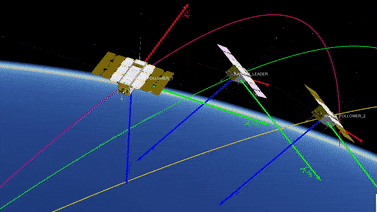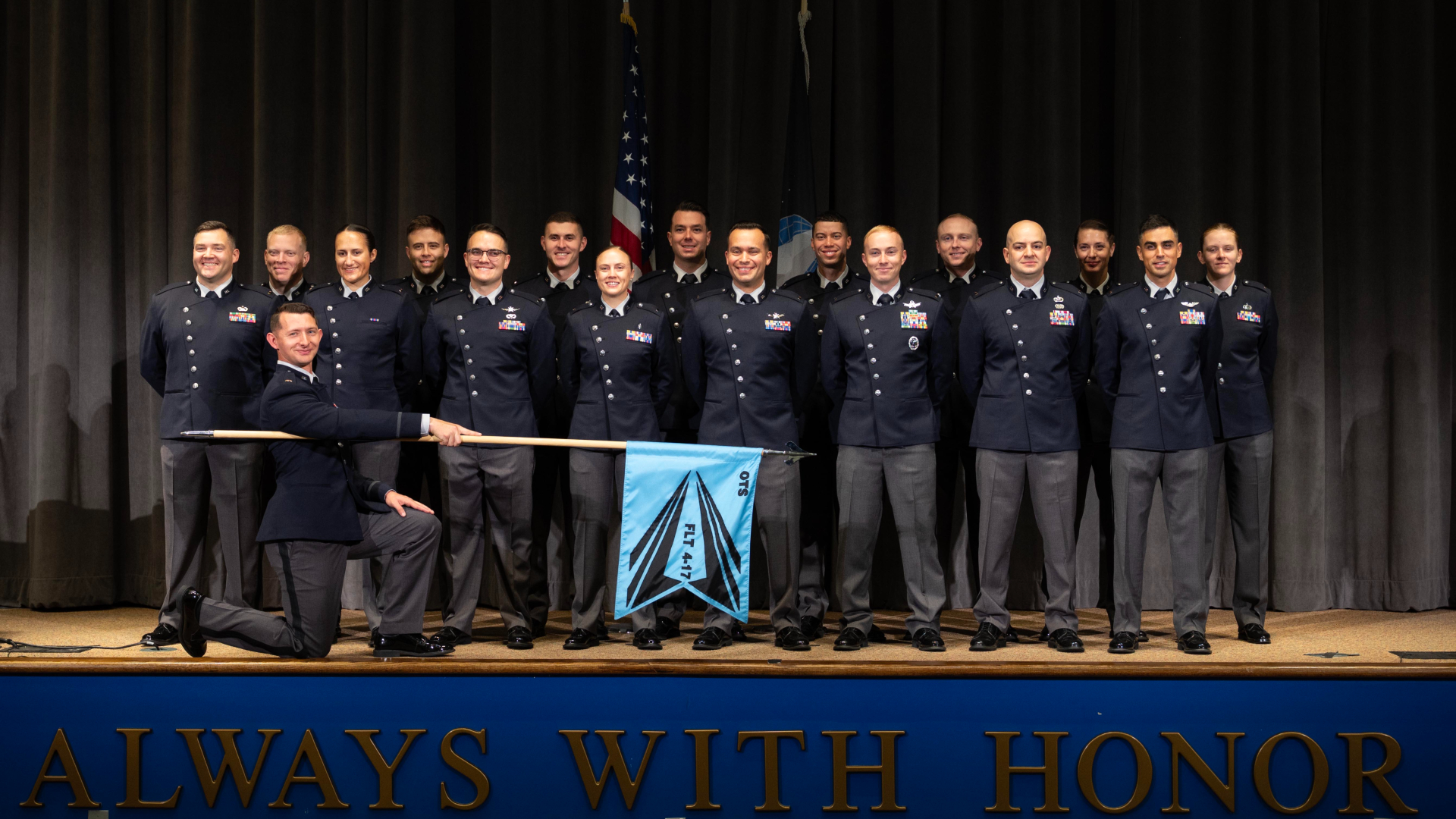Spain's new cubesats will fly in space like a flock of geese
Three fuel-free spacecraft will use algorithms and fringes of atmosphere to guide flight.

Europe’s next launch will send a trio of CubeSats to Earth's orbit that mimic birds flying in formation.
The endeavor, dubbed Advanced Nanosatellite Systems for Earth-observation Research, or ANSER, consists of three shoebox-sized satellites that will monitor Iberian waters as if they are a single, standard-sized satellite.
Launching on an Arianespace Vega-C rocket from Europe’s Guiana Space Center on Oct. 4, the CubeSats will operate about 500 kilometers (310 miles) above Earth, maintaining an optimum distance of 10 km (6.2 miles) apart from each other. Notably, however, the spacecraft will not have onboard propulsion systems to keep them in formation.
Instead the satellites will use their wing-like flaps, which extend their wingspan by about six times, to maintain their relative positions. These flaps exploit the tenuous airflow at the fringe of Earth's atmosphere to control the satellites' positions.
Related: 'Artificial star' helps test satellite navigation systems (photo)
"ANSER is also the Latin name for the wild goose, a good example of birds flying in formation, adopting a leader-follower protocol, which is what our mission is emulating," Santiago Rodriguez Bustabad, who is overseeing the mission at the Spanish Institute of Aerospace Technology (INTA), said in an ESA statement.
Rodriguez Bustabad explains that the trio will use a special navigation mechanism - developed for this mission in particular, known as "Differential Lift and Drag" maneuvers. For example, with these maneuvers, a spacecraft can increase its drag effect to produce a significant relative movement in orbit, maintaining control over the formation.
Breaking space news, the latest updates on rocket launches, skywatching events and more!
The CubeSats carry a fractionated hyperspectral imager named CINCLUS which is distributed across the three spacecraft. This and other cameras will seek to detect pollution or harmful microorganisms in waters down on Earth.
Rodriguez Bustabad notes that very small satellites, such as CubeSats or nanosats, have become more capable in recent years, with miniaturized sensors and components and lower cost to launch. But these still have limitations, such as in terms of power and resolution.
"To have a real chance of achieving an operational Earth-observing mission we are leaning into distributed systems in the form of clusters and constellations," Rodriguez Bustabad said, "together with miniaturization."
ANSER's launch will be facilitated by Vega's Small Spacecraft Mission Service. This ride-sharing service is part of the European Commission's In-Orbit Demonstration/In-Orbit Validation program aimed at testing new space technologies.
The main payload for the launch will be THEOS-2 (Thailand Earth Observation System-2), along with FORMOSAT-7R/TRITON, developed by the Taiwanese Space Agency (TASA).

Andrew is a freelance space journalist with a focus on reporting on China's rapidly growing space sector. He began writing for Space.com in 2019 and writes for SpaceNews, IEEE Spectrum, National Geographic, Sky & Telescope, New Scientist and others. Andrew first caught the space bug when, as a youngster, he saw Voyager images of other worlds in our solar system for the first time. Away from space, Andrew enjoys trail running in the forests of Finland. You can follow him on Twitter @AJ_FI.
